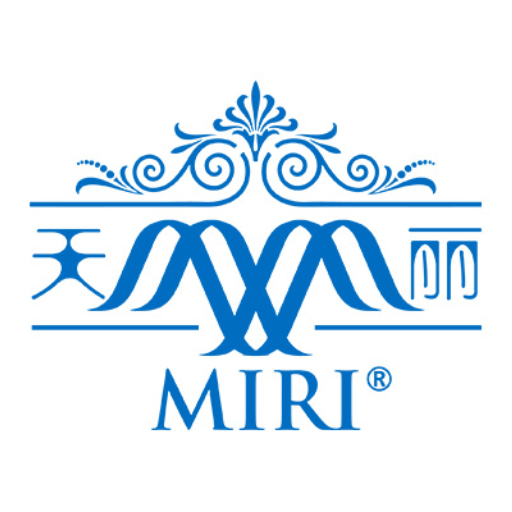Estrogen Production and Quality Control
Estrogen Production
It is important that control is kept over sexual development. If the ovaries produce too much or too little estrogen, it would have a disastrous effect on feminization. So FSH (and LH) are produced under negative feedback controls. Estrogen production goes rather like this:
- Estrogen rises to its correct level in the bloodstream…
- This fact is fed back to the hypothalamus…
- Which stops stimulating the pituitary to make FSH…
- Which stops the ovaries from producing more estrogen…
- When the level of estrogen in the blood drops…
- This fact is fed back to the hypothalamus…
- Which re-stimulates the pituitary to produce FSH…
- Which re-stimulates the ovaries to make estrogen…
- Which causes the estrogen blood level to rise again…
- And so on, round and round, from puberty until menopause.
If only it were that simple! A baseline of estrogen and progesterone is produced monthly. FSH stimulates the rising estrogen. This peaks by day 12, and stimulates the pituitary to release a huge and sudden surge of LH, which causes ovulation; an egg is sprung from the ovary. At the same time as LH goes up, on day 14, FSH and testosterone levels go up. All the sex hormones surge at mid-cycle.
The slight rise in testosterone gives a boost to the libido. Studies suggest that women are more likely to initiate lovemaking at mid-cycle (when most fertile) than at other times. Some women report that they feel sexy during a period. Even those with cramps can experience an increase in desire once the pain slackens off.
Estrogen and progesterone have little effect on the sex drive. Instead, they affect all female-specific tissue, keeping it moist and plumped up. They stimulate the breasts to swell, cervical mucus to increase, the uterus lining to thicken, and so on. This is why therapy for many female problems is to increase or reduce female (or male) hormone production. Hormone drug therapy can be directed at controlling gonadotrophin output, and/or estrogen and progesterone production.
